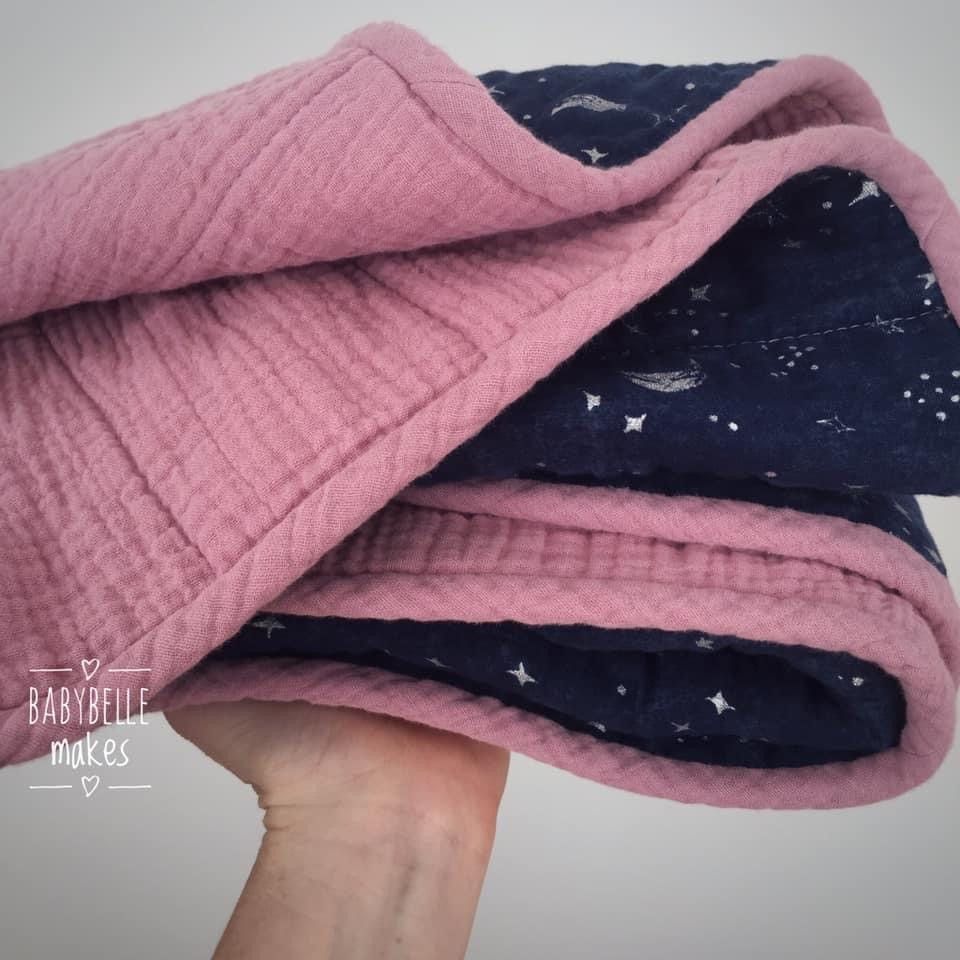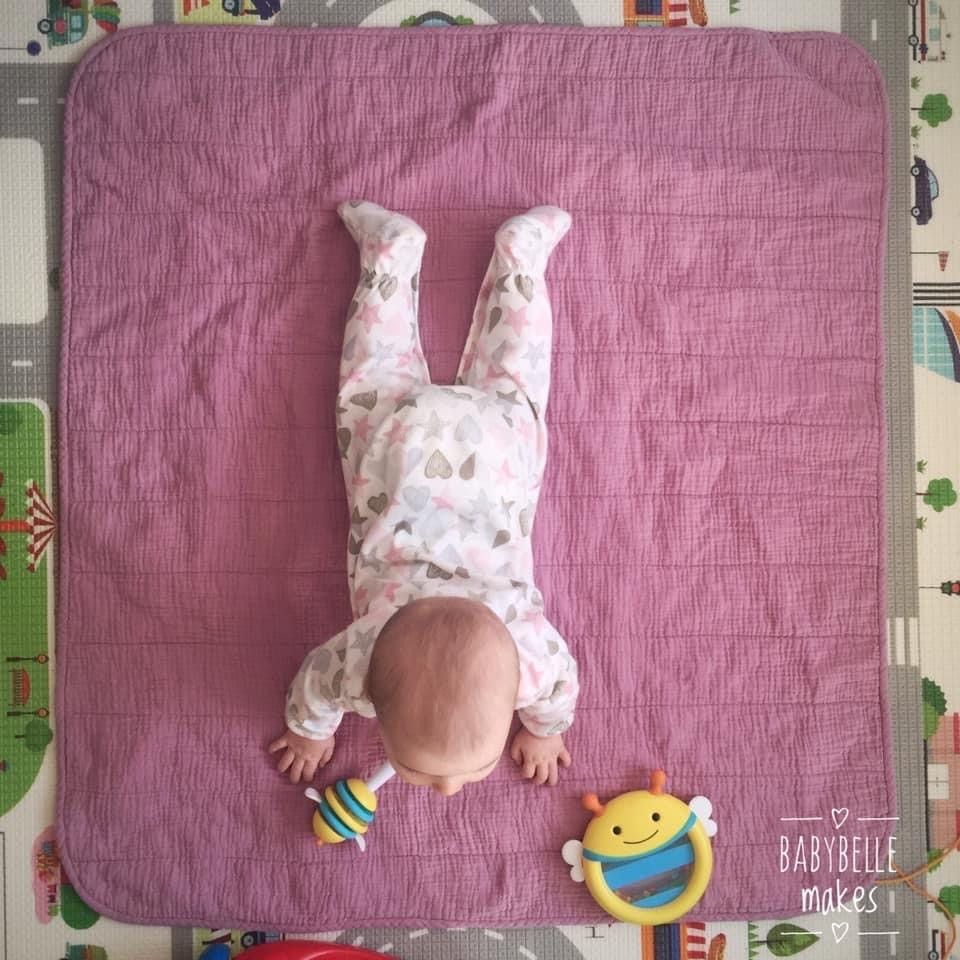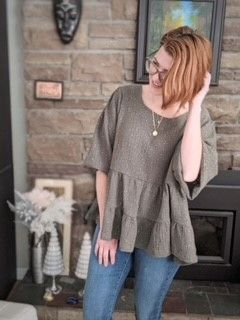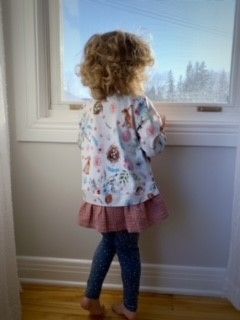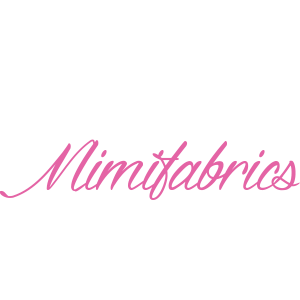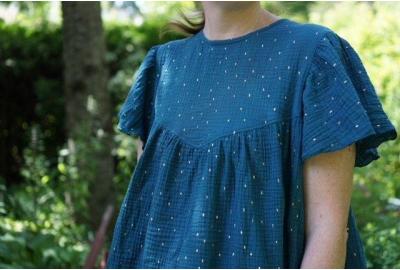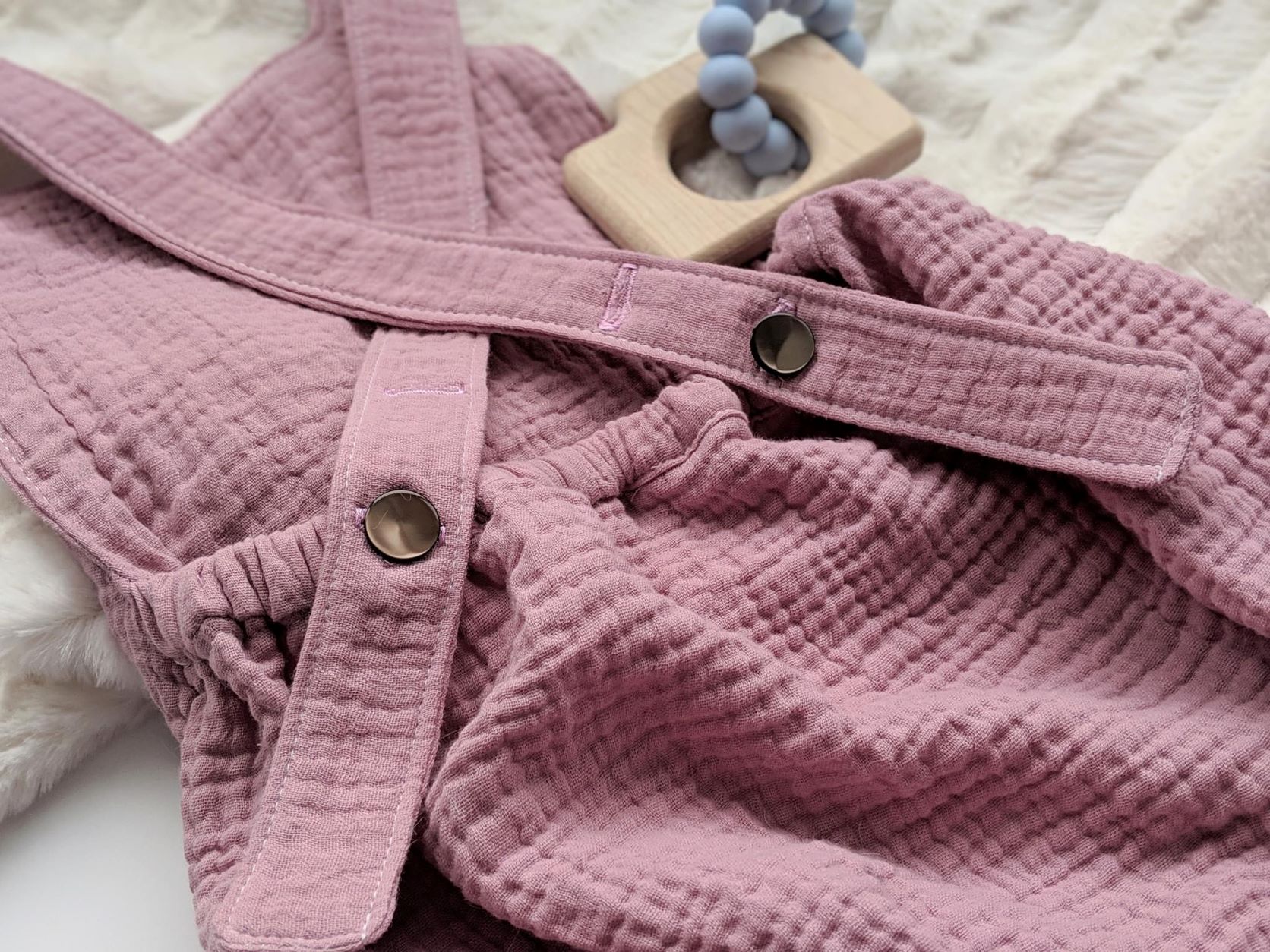As the weather gets warmer and the sun is shinging brighter, you may be looking to your closet for more light and airy clothing options. Some of my favourite breezy fabrics are double gauze and the quintessential summer fabric - linen.
This two-part series will provide an overview of each fabric, its properties, sewing tips and project inspiration.
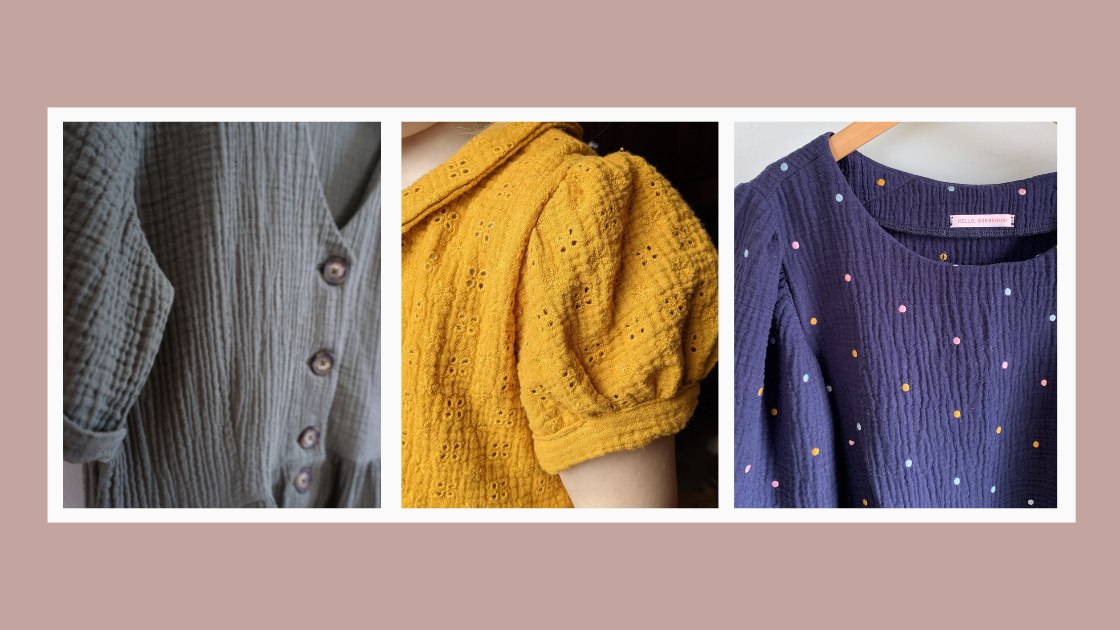
First, let’s chat a little about double gauze. Double gauze is soft and lightweight, it almost feels like it floats on your body. It is a woven that is usually made from cotton with a loose weave. Double gauze is actually two layers of this loose weave fabric that is tacked together in a grid pattern with teeny stitches. This results in the cloud-like fabric having little air pockets between the two layers that make it very breathable.
Did you know? Most of us are familiar with the beautifully crinkly texture of double gauze. But there is also a flat double-gauze. As mentioned, double gauze is two layers of loosely woven cotton that are tacked together. When the layers of crinkle double gauze are made, the threads woven together are twisted while the thread of flat gauze are kept flat when woven. The twisting of the threads creates the characteristic airy pillows.
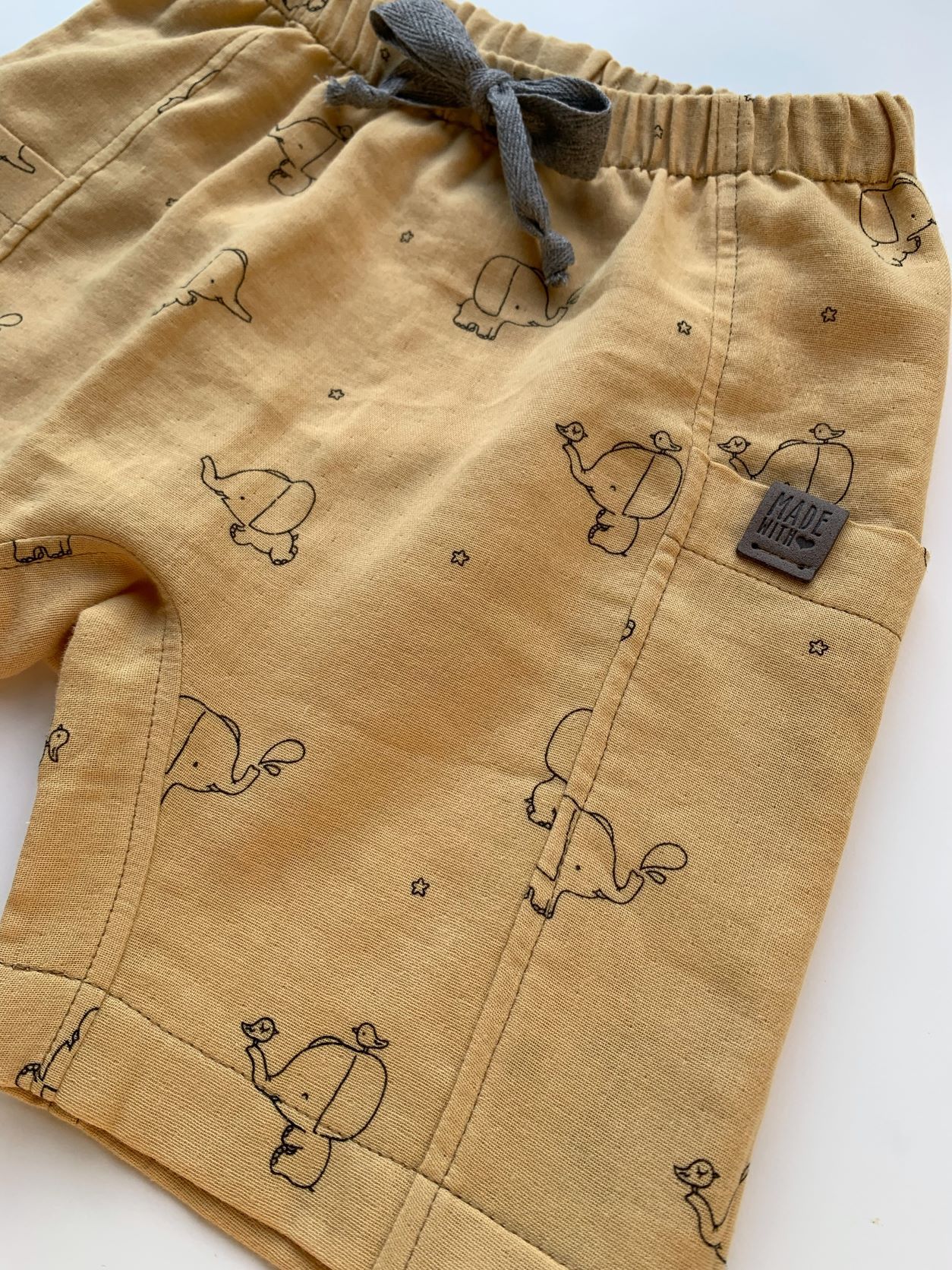
Double gauze has an airy, soft feel that is perfect for dreamy summer makes. When choosing patterns: keep to simple and basic lines; items with not too many finicky details. Look for woven patterns that are a little more loose fitting and relaxed. Double gauze does have a little drape, but will also hold its shape. Double gauze is a wonderful choice for summer skirts, blouses, dresses, shorts and lounge pants. It also makes light and airy whole cloth or simple patterned quilts.
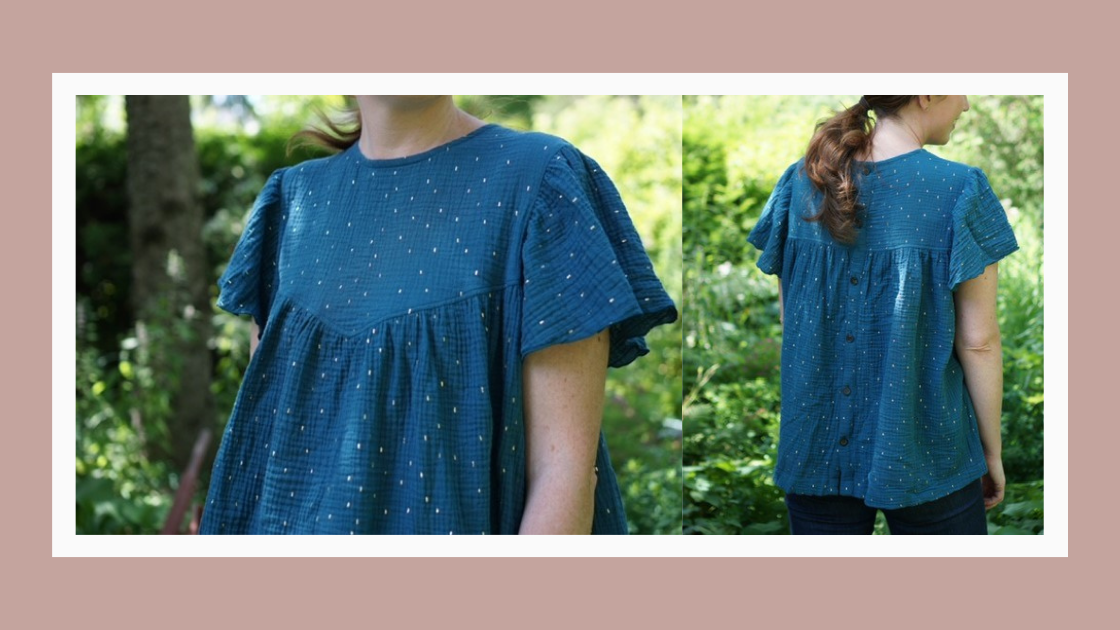
The loose weave of double gauze can be a little tricky, but here are a few tips for sewing: Go slow, and take your time. Stay-stitching is your friend, especially on curves like necklines were gauze can stretch out. Double gauze it delicate and can snag easily. Use fine pins and sharp cutting tools. The cut edges have a tendency to unravel, so a larger seam allowance (like 3/8”) is easier to work with.
A few extra little tidbits ...
• Treat your pre-sewn fabric the same way that you intend to treat the sewn garment. If you are going to put it in the dryer once sewn, make sure you do that before cutting. The crinkles that develop give the fabric mechanical stretch, if these are stretched out before sewing and then you don’t iron before wearing, the sizing will be off.
• To iron or not? It depends! If you love the texture of double gauze and intend to wear it with the crinkles, then don’t press before cutting. If you intend to iron your garment before wearing, then yes, iron before. If you are in team iron (suggest checking out flat double gauze). Personally, I spot iron the extra crinkly bits around the edges only.
• If you iron your double gauze, press – don’t move your iron around without lifting. This is true for any fabric really, you don’t want to stretch and distort your fabric as you iron. Double gauze is super susceptible for distorting, be gentle and iron at medium-high when required. I also like to use a scrap piece of double gauze as a press cloth, I find it held to maintain the crinkle when pressing by pressing into the wrinkles. The loose weave means it can easily pull off grain.
• Do a rough cut. If you are interfacing a finicky or fine piece of fabric, cut out a large piece of interfacing and fabric that is big enough for your pattern piece. Interface the fabric before cutting – you’ll end up with a more precise cut.
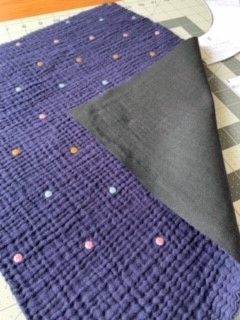
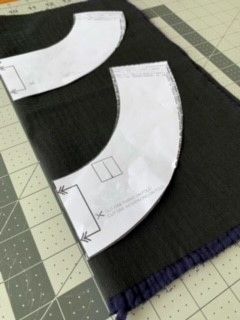
• Use a new sharp needle. Universal or microtex needle 70/10 or 80/12.
• Set you stitch length a little longer (2.8-3mm)
• If you can, lower you presser foot pressure.
Double Gauze Inspiration
Sewing and photo credit to: @mimifabrics, @poppymonroecollection and @babybellemakes.

